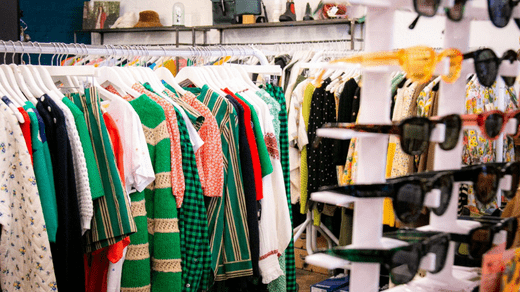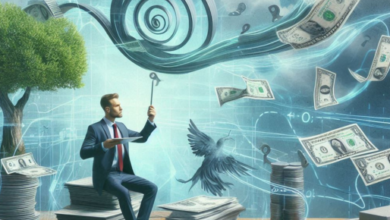
Certainly! Here are 30 points discussing the role of fashion in film and the pros and cons of iconic costumes that define characters:
Fashion in Film: Iconic Costumes That Define Characters
1. Costume Design: Costume design in film involves creating outfits that reflect a character’s personality, era, and story.
2. Character Development: Costumes help convey a character’s background, emotions, and arc.
3. Time Period: Costumes establish the historical or futuristic setting of a film.
4. Visual Impact: Iconic costumes can leave a lasting visual impression on the audience.
5. Storytelling: Costumes can advance the plot and provide context.
Pros of Iconic Costumes in Film:
6. Enhanced Characterization: Iconic costumes provide depth and dimension to characters.
7. Memorable Moments: Memorable outfits contribute to unforgettable movie moments.
8. Visual Appeal: Well-designed costumes add to the visual allure of a film.
9. Awards Recognition: Outstanding costume design can lead to awards and recognition.
10. Cultural Influence: Iconic costumes can influence fashion trends and culture.
11. Historical Accuracy: Accurate costumes transport viewers to different eras.
12. Brand Collaborations: Film costumes can inspire collaborations with fashion brands.
Cons of Iconic Costumes in Film:
13. Stereotyping: Some costumes reinforce stereotypes or clichés.
14. Unrealistic Expectations: Unrealistically glamorous costumes may set unattainable beauty standards.
15. Budget Constraints: Costumes can consume a significant portion of a film’s budget.
16. Limited Representation: Diversity in costume design can be lacking.
17. Detracts from Plot: Overemphasis on costumes may distract from the story.
18. Historical Inaccuracy: Inaccurate costumes can misrepresent historical events.
Iconic Film Costumes:
19. Marilyn Monroe’s White Dress: The white dress from “The Seven Year Itch” is an iconic symbol of sensuality.
20. Audrey Hepburn’s Little Black Dress: Her dress in “Breakfast at Tiffany’s” is a fashion classic.
21. Dorothy’s Ruby Slippers: Dorothy’s shoes in “The Wizard of Oz” represent her journey home.
22. James Bond’s Tuxedo: Bond’s sharp suits convey his sophistication and style.
23. Leia’s White Robe: Princess Leia’s robes in “Star Wars” represent her leadership.
24. Dorothy’s Blue Dress: Her blue gingham dress symbolizes innocence and adventure.
25. Scarlett O’Hara’s Ball Gown: Her gown in “Gone with the Wind” signifies her determination.
26. Indiana Jones’s Hat and Jacket: His attire in “Indiana Jones” reflects his adventurous spirit.
27. Neo’s Trench Coat: Neo’s coat in “The Matrix” symbolizes his transformation.
28. The Black Suit in “Men in Black”: The suit represents the secretive nature of the agency.
29. Belle’s Yellow Ballgown: Belle’s gown in “Beauty and the Beast” represents her transformation.
30. The Red Coat in “Schindler’s List”: The red coat is a powerful symbol in the film’s narrative.
In conclusion, fashion in film plays a significant role in character development, storytelling, and visual impact. Iconic costumes can enhance a character’s depth and contribute to the cultural influence of a film. However, they can also reinforce stereotypes and have budget and representation challenges. Nonetheless, the power of iconic film costumes in shaping memorable cinematic experiences cannot be denied.





